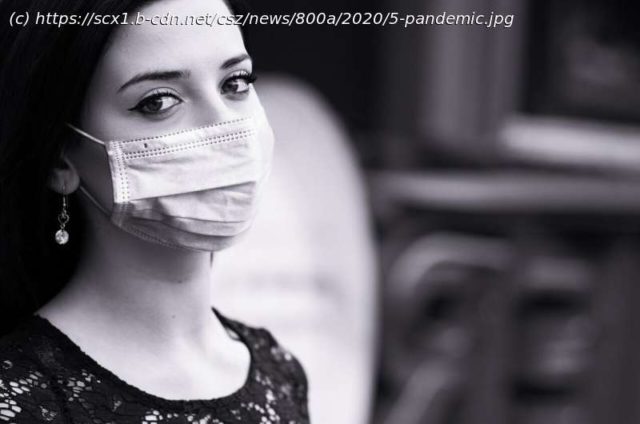Medical students who reported a disability to their school increased by more than 25% during the COVID-19 pandemic, a study shows.
Medical students who reported a disability to their school increased by more than 25% during the COVID-19 pandemic, a study shows.
The proportion of students reporting attention deficit hyperactivity disorder or chronic health and/or psychological disabilities has increased between 2015 and 2021.
Despite the increase in medical students reporting these conditions, the requests for more inclusive preclinical testing accommodations, like extra time for test completion or a less distracting environment, decreased during the pandemic between 2019 and 2021.
According to authors of the new research letter in JAMA Network Open, the remote curriculum delivery during the pandemic may have allowed students to create an optimal learning and testing environment, decreasing the need for accommodation.
« Medical education was at its most flexible during COVID, » said Lisa Meeks, Ph.D., clinical associate professor of learning health sciences and family medicine at the University of Michigan Medical School.
She adds that this could have reduced the need for testing accommodations, but it is unclear whether the need for accommodations will rise again after the recent return to in-person lectures and testing.
The study results are part of a long-term research project led by Meeks that follows the prevalence of medical students in the United States who disclose disabilities to their respective schools.
This study on disability disclosure in medicine was the first large scale study of its kind, encompassing all types of disability, including psychological, learning, sensory, physical and chronic health conditions.
Since 2015, researchers have seen an increase of medical students reporting a disability to their institution from 2.8% in 2015 to 4.7% in 2019, and to 5.9% in 2021.
When asked to describe why we see such large increases in the population of medical students with disabilities, Meeks posited that « growth in this population could mean that we are reducing bias and stigma, and therefore people who were already in medicine are more willing to disclose.






